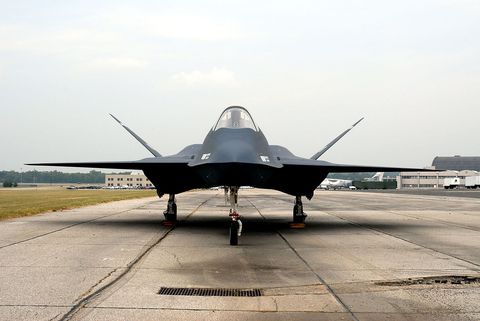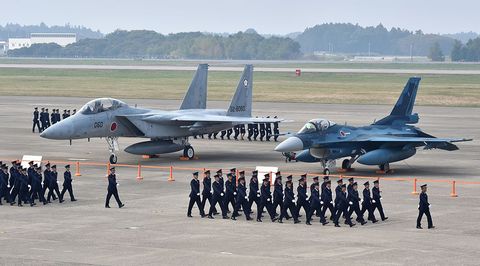What Japan’s F-22/F-35 Fighter Hybrid Might Look Like
The F-3 could be the next world-beating fighter jet.
By
Kyle Mizokami
Apr 23, 2018
363
Getty Images
Last week, Lockheed Martin
proposed building a hybrid F-22 Raptor/F-35 Joint Strike Fighter for Japan. The jet, possibly to be known as F-3, would be the most advanced jet fighter in the world. Why Japan wants the best fighter it can possibly afford, and why such a high-tech nation was forced to go to an American company, is a story that traces back to World War II.
At the end of the Second World War, Japan lay in ruins. Blasted by bombing raids and even two nuclear weapons, the country’s largest cities were utterly destroyed, and Japan faced decades of rebuilding. The larger issues aside, Japan had failed to maintain air superiority, allowing American B-29 bombers to ravage the country at will.
In the aftermath of the war, Japan allied with the United States and purchased the very best air superiority fighters it could afford. The Asian country was among the first customers for the F-104 Starfighter, F-4 Phantom and F-15 Eagle. Japan purchased and built under license more than 200 F-15s, converted to the F-15J standard, which also boosted the domestic aviation industry. The F-15J, nearly forty years after entering service, is still the frontline fighter for Japan’s Air Self Defense Force.
Japanese F-15J fighters.
Getty Images
The F-15J is a great aircraft, but the airframes are growing old and the plane is growing increasingly outdated. There’s also the matter of the People’s Liberation Army Air Force, which is increasingly flying sorties near Japanese territory, and the PLAAF is working to acquire new J-20 and FC-31 fifth-generation fighter jets. China—far from a traditional air power—now has a
homegrown stealth fighter, and Japan does not.
Japan didn’t intend to wait so long for new fighters. The country originally planned to purchase the F-22 Raptor, but a U.S. law meant to protect the F-22’s technology from prying eyes banned the fighter from export. (Ironically, the law is rooted in Israel’s unauthorized export of U.S. fighter technology to China, which resulted in the
J-10 “Vigorous Dragon” fighter.)
Japan’s X-2 technology demonstrator.
Getty ImagesKaz Photography
Japan, disappointed by the export ban, started developing a demonstration jet that would eventually lead to a new fighter while simultaneously holding out hope that the F-22 export ban would eventually be overturned. (It hasn't been.) The ATD-X demonstrator, nicknamed X-2, finally flew in April 2016. ATD-X, painted in the national red and white colors, looked like Japan’s bold return to the world of fighter jet development.
But building a limited technology demonstrator is a far cry from building a modern, fifth-generation jet fighter for mass production. Japan faced an uphill battle. The country’s aerospace industry is not where you would expect the third largest economy in the world to be. Japan lacks expertise in avionics, systems integration, airframe development, software, electronic countermeasures and, perhaps most importantly, stealth technology. If Japan wanted to build an air superiority fighter all on its own, it would have to become a world leader in those technologies—and fast.
Three Chengdu J-20 fighters in formation.
Getty Images
Japan's homegrown fighter was just not practical or affordable.
Japan’s public debt is 253 percent of GDP, one of the largest in the modern world. Last month, news sources
announced Japan was scrapping an effort to produce an indigenous air superiority fighter, opting to instead develop one with an international partner.
Now we know who that partner might be: Lockheed Martin. Aside from Sukhoi in Russia and Chengdu in China, Lockheed Martin is the only company in the world that has actually developed and produced stealthy, fifth-generation fighters. According to a
report in
Reuters, Lockheed is offering a hybrid F-22 Raptor/F-35 Joint Strike Fighter jet, combining the best attributes of both.
Sukhoi Su-57 fighters.
Getty Images
So what would this stealthy F-3 hybrid jet look like? The first thing that comes to mind is an F-22 Raptor on the outside with the F-35 JSF on the inside. Such a design would combine the Raptor’s stealth, twin engine layout, supermaneuverability and larger internal payload with the JSF’s advanced computers, modern avionics and networking capabilities. (The F-22 Raptor, while a still a fairly modern jet, runs on 286 microprocessors from the Windows 95 era.) In a perfect world, a hybrid jet would have all of the strengths of the F-22 and F-35 with none of their weaknesses. Meanwhile, Japan will want to integrate what equipment it can produce domestically, including Japanese engines and a Japanese nose-mounted radar.
The F-3 would also be attractive to other nations that were frozen out of F-22 purchases but still need a world-class air superiority jet. Japan, Australia, Saudi Arabia and Israel were all interested in purchasing the F-22. The 800-pound gorilla in the room is the U.S. Air Force, which had its Cold War-era order of more than 700 F-22s cut to just 187 operational jets. When F-22 production ended, air superiority wasn’t a high priority, and simultaneous wars in Iraq and Afghanistan sapped resources from high-end weapon programs. Since then, Russia and China have both grown more aggressive, and the two global powers have their own fifth-generation jets in development or even operational. If Japan pays for the development costs of F-3, the U.S. Air Force could piggyback onto the purchase, lowering costs for all parties.
Air Self Defense Force F-35A at Misawa Air Base, Japan.
Getty Images
So how soon could this happen? An F-22/F-35 mashup would probably take ten years to develop and could cost more than 60 billion dollars. In 2017, an Air Force study quoted the cost of procuring an additional 194 F-22s at 50 billion dollars—including ten billion just to restart the production line. Integrating F-35 and Japanese technology would be a lengthy and expensive process. The F-22 tooling, jigs, and instruction videos stored in Northern California at Sierra Army Depot
are present and accounted for, despite earlier worries that some of it was missing.
Japan’s F-15J fighters may need to soldier on for another decade or more, but it looks like a worthy replacement is on the horizon. Japan, with both Russia and China as neighbors, has little choice but to proceed with the project, no matter the cost. Whether other countries, particularly the United States, choose to participate is another matter. But if the body of an F-22 is outfitted with the brain of an F-35, whoever flies the new jet will have the shiniest, deadliest fighter on the block.
https://www.popularmechanics.com/mi...pans-f-22f-35-hybrid-fighter-might-look-like/


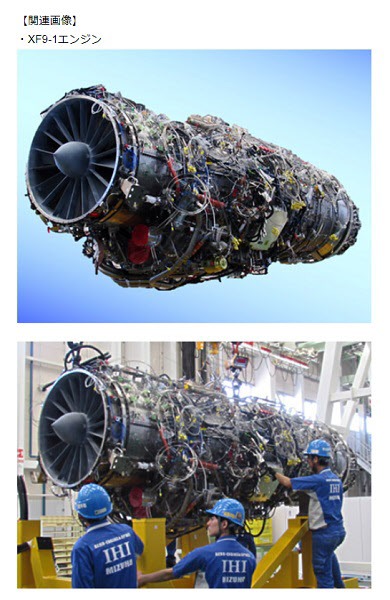

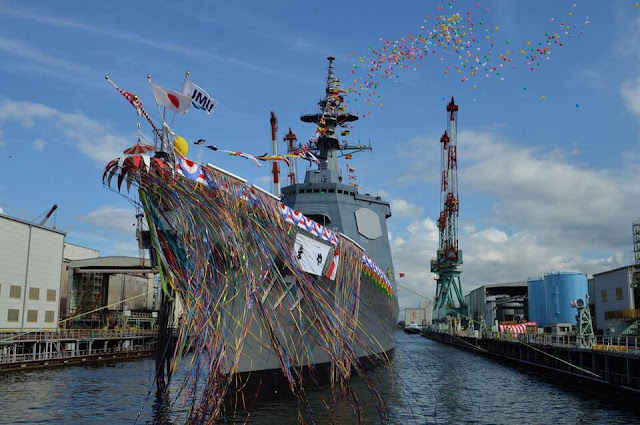
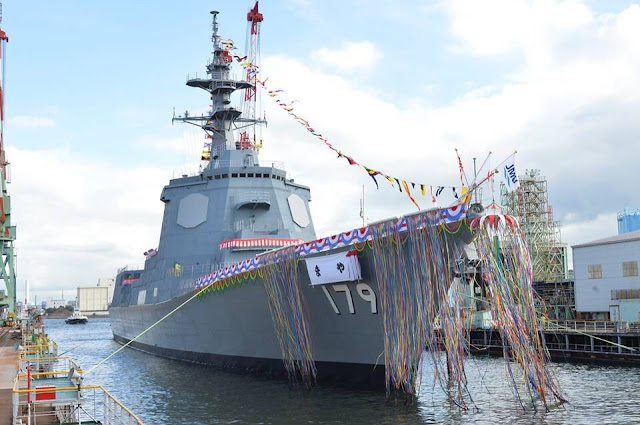


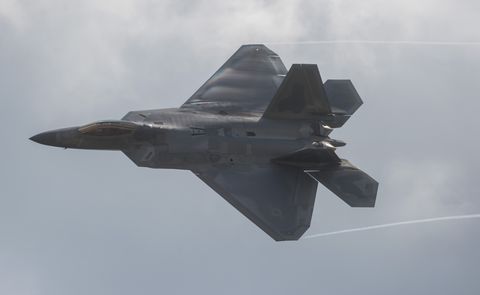
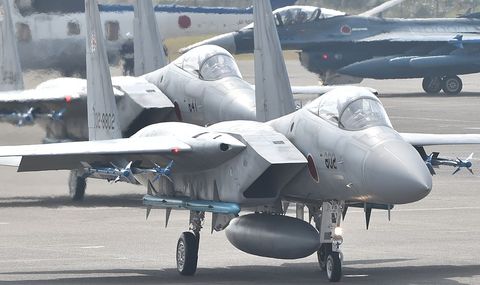
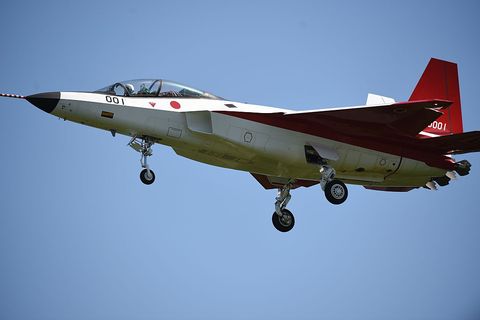
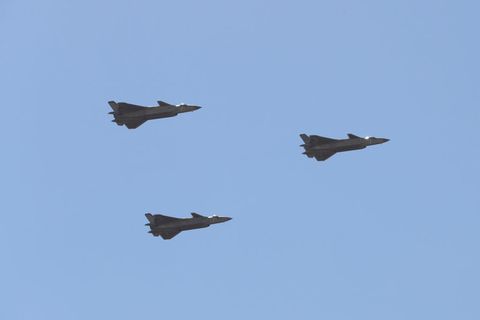
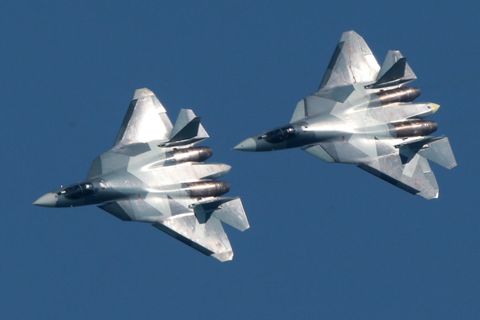
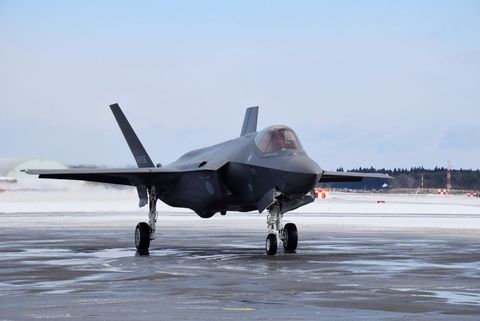
 ):
):